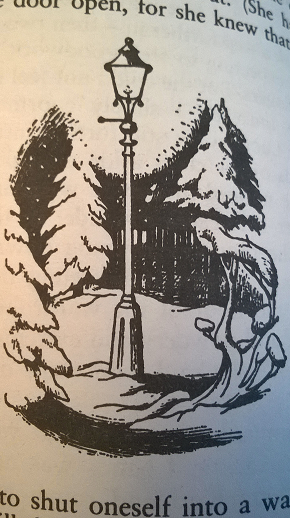There is no “one size fits all” when it comes to teaching! Throughout planning, implementation and reflection, it is essential for a primary teacher to recognize that every pupil is an individual. This means that there are numerous learning approaches and preferences throughout any class.
In 1987, Niel Flemming devised categories of learning in order to encourage teachers and students to think about different learning styles. This is known as the VARK model.
VARK stands for:
Visual: learners who have a preference for images or visual representations of information,
Auditory: learners who prefer to listen to information (for example in lectures) or perhaps use music to aid learning,
Read/Write: learners get the most out of reading texts and writing information
Kinesthetic: learners prefer practical, hands on experiences.
(AboutHealth, 2015)
If you would like to find out your learning style; there are many online tests available. I used THIS test which revealed that I have a multimodal learning style with a preference for the read/write and visual approaches.
- Visual 10
- Aural 5
- Read/Write 13
- Kinesthetic 6
While I agree with this result to some extent, I feel that my preferences depend on the type of learning that I am involved in. For example; if I am trying to learn facts and figures for a test, then I prefer to read and write, however if I am learning how to bake a cake or sculpt a model, I would choose visual and kinesthetic methods.
There has been much debate around the validity of learning styles. One of the main criticisms is that there is no empirical evidence that the use of learning styles improves student performance within education. In fact, it has even been suggested that focus on learning styles may have a detrimental impact (Venable, 2011.) Lafferty and Burley (2009) argue strongly against the use of learning styles, stating that “Learning styles are subject dependent, they are teacher dependent, they are temperature dependent, they are emotion dependent etc. In fact they are dependent on so many things, that they are on a continuum and therefore not measurable, and do not exist.” This supports my own feelings about my learning and therefore, as a teacher, I would avoid grouping pupils due to their perceived VARK preference.
On the other hand, I feel that learning styles are a helpful concept to know, as they encourage teachers to reflect upon the ways in which they deliver lessons. This relates back to my “one size fits all” comment; as a teacher who only presents information in a didactic way is not appropriately supporting those pupils who may learn best in a practical way. It may also be beneficial for students to be able to recognize which learning styles work for them. Flemming and Baume (2006) point out that “any inventory that encourages a learner to think about the way that he or she learns is a useful step towards understanding, and hence improving, learning.”
As a primary teacher, I will strive to deliver lessons which provide opportunities for all different styles of learning (albeit not necessarily all at the same time!) I hope to avoid the mindset that these styles are fixed but rather to encourage children to continually explore the different approaches to their learning.
References:
AboutHealth, Psychology (2015) VARK Learning Styles
Flemming and Baume (2006) Learning Styles Again: VARKing up the right tree!











